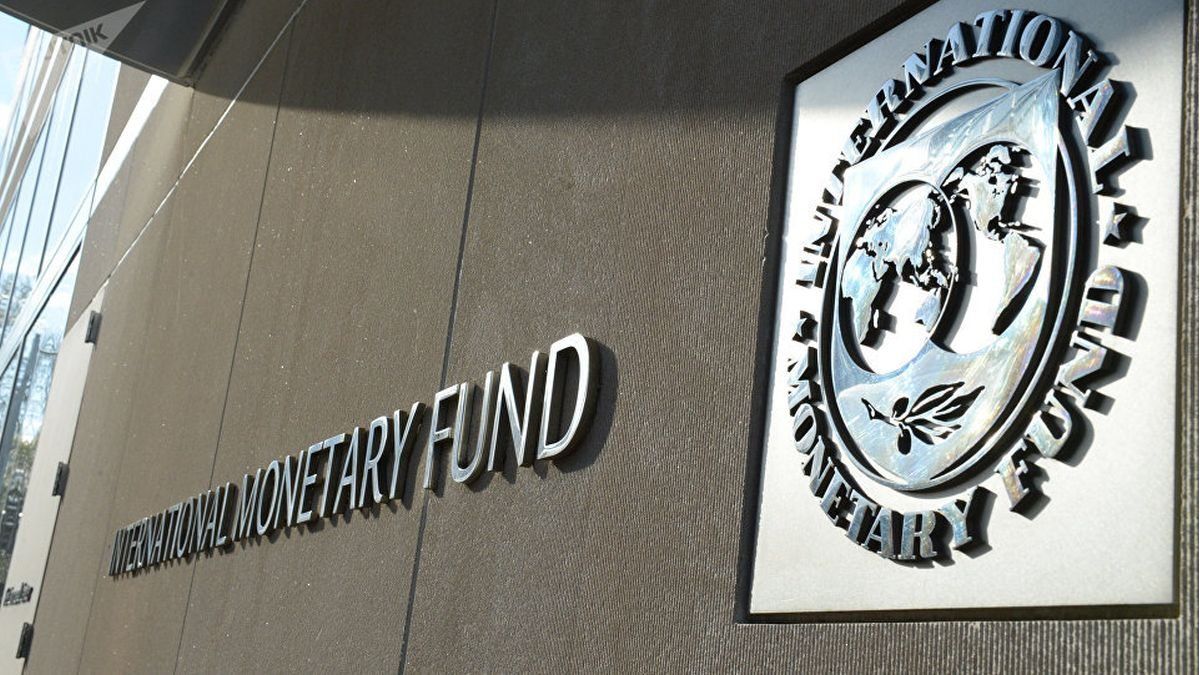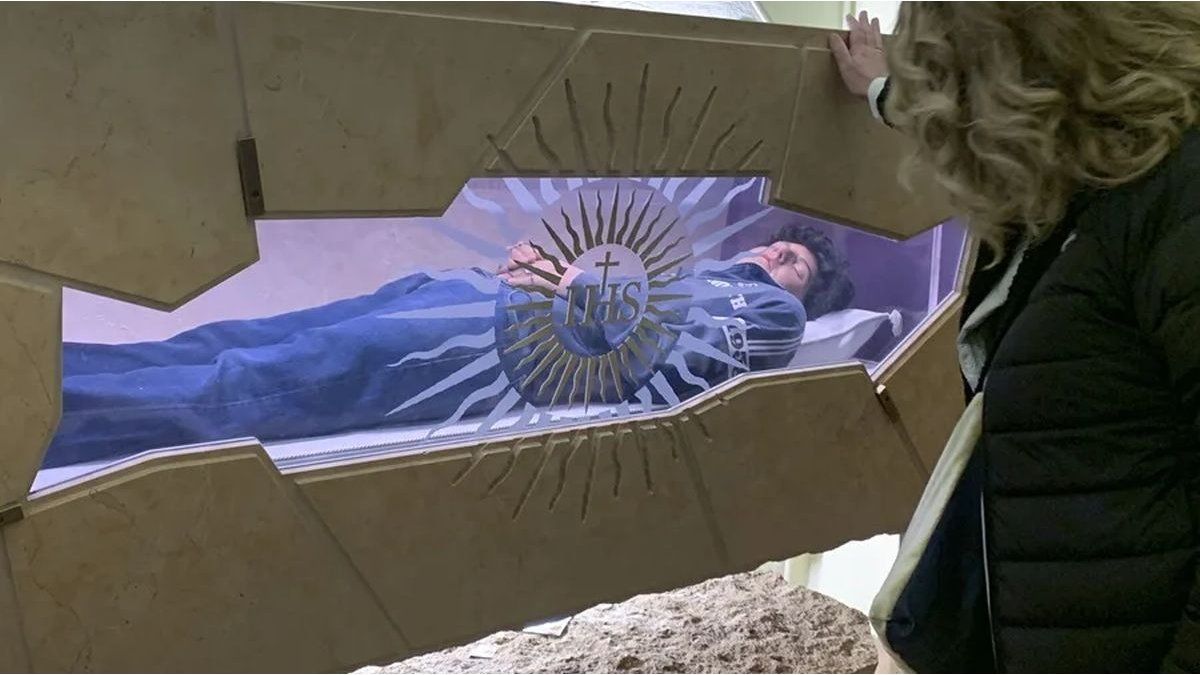As Scope was able to find out from official sources, the agenda will be finishing the review of the third quarter. If approved, Argentina will receive a disbursement of US$5.8 billion to pay the maturities scheduled for before Christmas, within the framework of the Extended Facilities program. In addition, the Q4 2022 review will already begin to be discussed.
Economy is confident that it will be able to meet the three mandatory goals this year. Monetary, they say, will be “overfulfilled”, below the 1% of GDP that was projected. Last week, Massa said that the tax, which was in doubt about the market, would be fulfilled: “We are going to close the year with a 2.5% fiscal deficit,” the minister told businessmen. Meanwhile, the Government is betting on chapter 2 of the soybean dollar to add more reserves and also meet that goal, although the initial objective had already been modified so that the country has a “bi-annual” objective.
Outlook 2023: focus on rates
The economy will insist on a request for relief for the so-called “cost of war”, calculated at US$4.94 billion due to higher imports of energy, fertilizers, freight, among others, although the IMF has a different calculation, considering the higher exports within the framework of the international rise in agricultural commodities. They are looking for the IMF to “absorb that responsibility”, Massa had said in his last interview, on Futurock radio.
Another expectation that the economic team has is to review the surcharges. This issue was discussed with the head of the IMF, Kristalina Georgieva, during the trip of President Alberto Fernández to Bali, Indonesia, within the framework of the G20. In December she could be discussed on the IMF board, since the request obtained support from other G20 countries. Argentina pays this surcharge for having exceeded the loan by 1096% of its quota. This could imply annual savings of US$1.1 billion per year, until 2026, according to the CEPA center.
But, in addition, both Argentina and other countries that do not pay surcharges (because they are not exceeding their quota), look closely at the variable rate that the IMF has. This rate takes into account what happens with currencies such as the yuan, the euro, the yen, the pound and the dollar. In March, when the agreement was signed, it was 0.25%. The cost of each type of credit and the surcharges are added to this value. Today that rate, due to the increases applied by the FED and most of the world’s central banks, is at 2.72%. For this increase alone, Argentina will have to pay an extra US$700 million in interest in 2023, according to estimates from the economic team.
Therefore, the loan rate, which includes the base rate and the surcharge, which until the end of 2021 was 3%, is close to 6%, above other multilateral credit organizations, something that Argentina criticizes for being the IMF. of a “lender of last resort”. The rate is key for the Argentine debt, because unlike the stand-by program signed in 2018, the extended facility also accrues interest on the principal.
Source: Ambito
David William is a talented author who has made a name for himself in the world of writing. He is a professional author who writes on a wide range of topics, from general interest to opinion news. David is currently working as a writer at 24 hours worlds where he brings his unique perspective and in-depth research to his articles, making them both informative and engaging.




